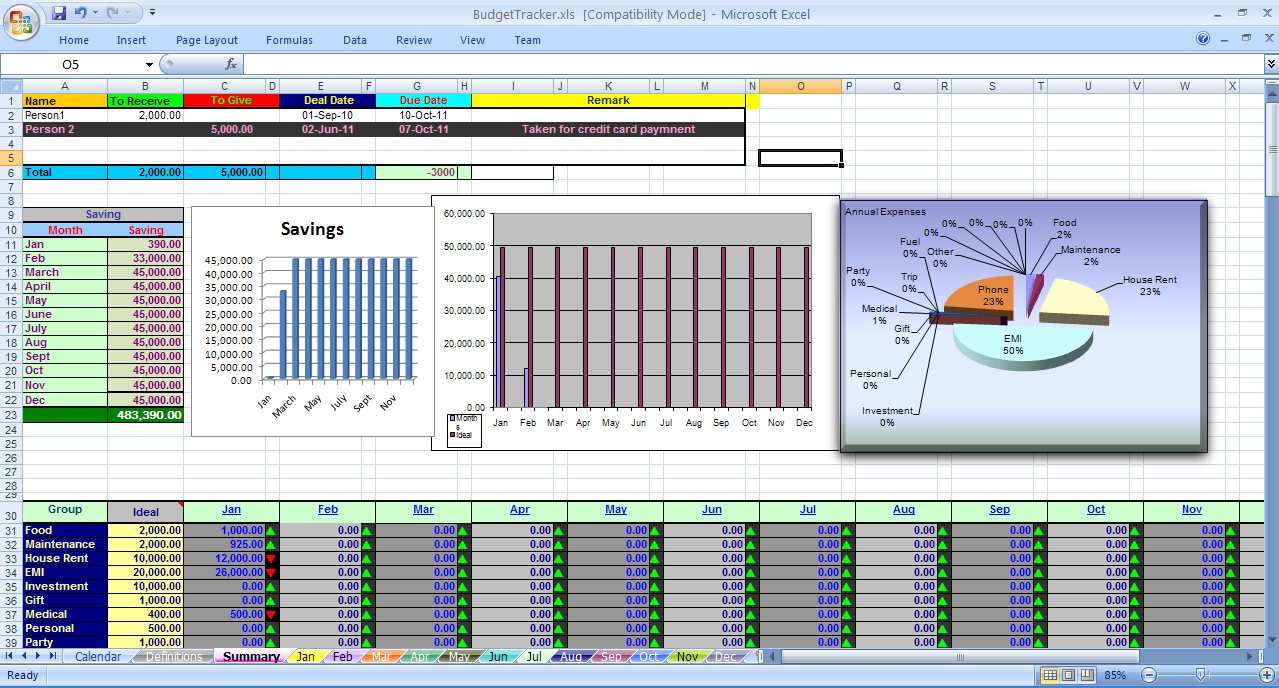
Scalability: Excel has a powerful sharing function but multiple people working in the same spreadsheet can make the file heavy and slow.Data from all the individual spreadsheets flows into the master sheet, so only the manager can see everybody’s expenses. Employees submit expenses in their own spreadsheet and keep an eye on their spending in their personal dashboard. Organization and data privacy: Each file is dedicated to one single task, which keeps data secure and separated.Instead, using an expense tracker template in Excel provides companies with an easy and reliable way to track expenses in real-time.Ī spreadsheet-based workflow template gives you: While there are a lot of software solutions available to track expenses, most of these come with a hefty price tag or steep learning curve.
Usually, employees simply submit their receipts at the end of the month, which often results in a lot of manual work for accountants or the person responsible for handling expenses. In many SMEs, implementing a formal system for submitting and reimbursing expenses is not a top priority. Moreover, companies prevent unpleasant surprises by having a reliable tool in place to track expenses in real-time. In companies with large sales teams that do a lot of traveling, incurred travel expenses can quickly pile up.

As such, it is generally better to keep track of expenses over time than waiting for the receipts to arrive at the end of the month. Organizations have a lot to gain from keeping a tab on their employees’ expenses.


 0 kommentar(er)
0 kommentar(er)
